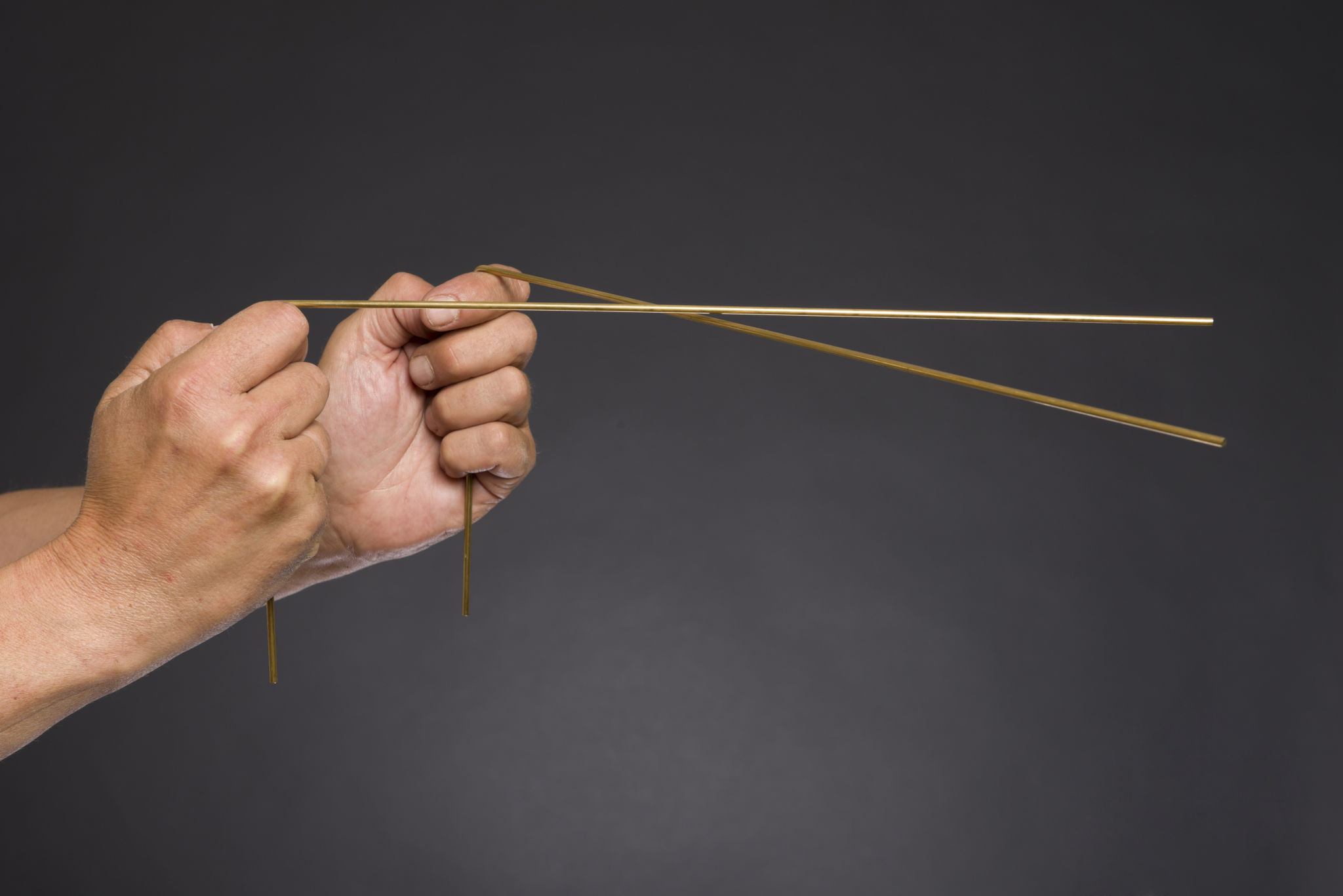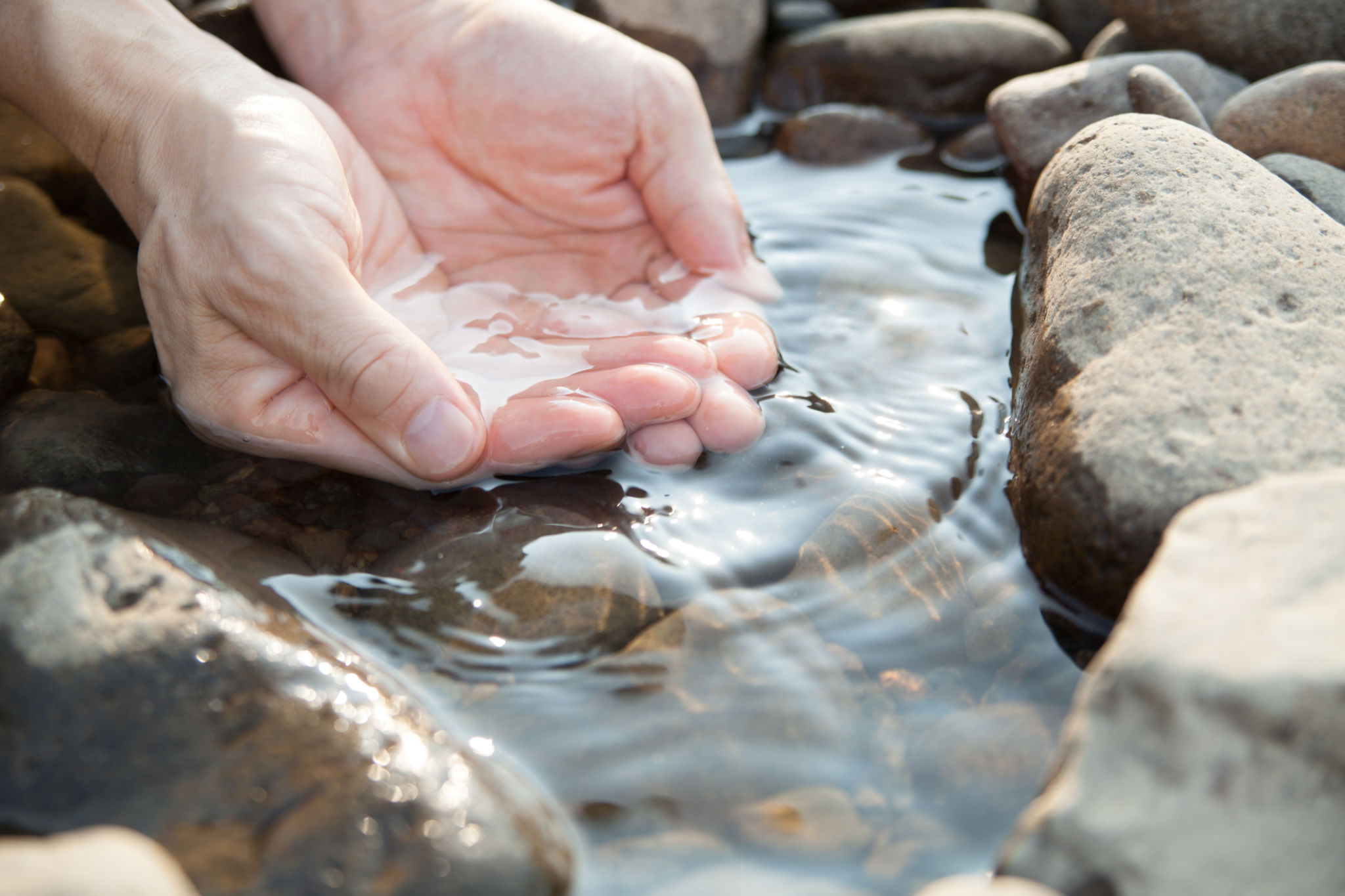Debunking Common Myths About Water Divining
Introduction to Water Divining
Water divining, also known as dowsing or water witching, is a practice that has intrigued people for centuries. It involves using a divining rod or other tools to locate underground water sources. Despite its long history, numerous myths and misconceptions surround this practice. In this blog post, we'll explore and debunk some of the most common myths about water divining.

Myth 1: Water Divining is a Proven Science
One of the most pervasive myths about water divining is that it is a scientifically proven method for locating water. While many practitioners claim success, scientific studies have consistently failed to support these claims. The success of water divining is often attributed to chance or the dowser's prior knowledge of the area rather than any supernatural or scientific phenomenon.
The Role of Confirmation Bias
Confirmation bias plays a significant role in perpetuating the belief in water divining. When a diviner is successful, it reinforces their belief in the method, while failures are often dismissed or rationalized. This selective memory can make water divining seem more effective than it truly is.
Myth 2: Anyone Can Learn to Divine Water
Another common myth is that anyone can learn to divine water with a little practice. While many people can learn to use a divining rod, the ability to consistently find water using this method is not supported by scientific evidence. Success stories are often anecdotal and lack rigorous testing.

The Influence of Environmental Factors
Environmental factors such as soil composition, vegetation, and local geography can influence the perceived success of water divining. Experienced dowsers may subconsciously use these cues to make educated guesses about where water is likely to be found, further muddying the waters between skill and chance.
Myth 3: Divining Rods Have Special Powers
Many believe that divining rods possess special powers that enable them to detect water. In reality, the rods themselves have no inherent abilities. They are simply tools that react to the user's movements and subconscious muscle contractions. This phenomenon is known as the ideomotor effect, where involuntary movements can create the illusion that the rods are moving on their own.

The Psychological Aspect
The psychological aspect of water divining cannot be overlooked. The confidence and conviction of the practitioner can influence their perception of the practice's effectiveness. This psychological component is crucial in understanding why some people remain steadfast believers in dowsing despite the lack of empirical support.
Conclusion
While water divining continues to captivate the imagination of many, it's important to differentiate between myth and reality. The practice lacks scientific backing and relies heavily on psychological and environmental factors. By understanding these myths and misconceptions, we can approach water divining with a more informed perspective.